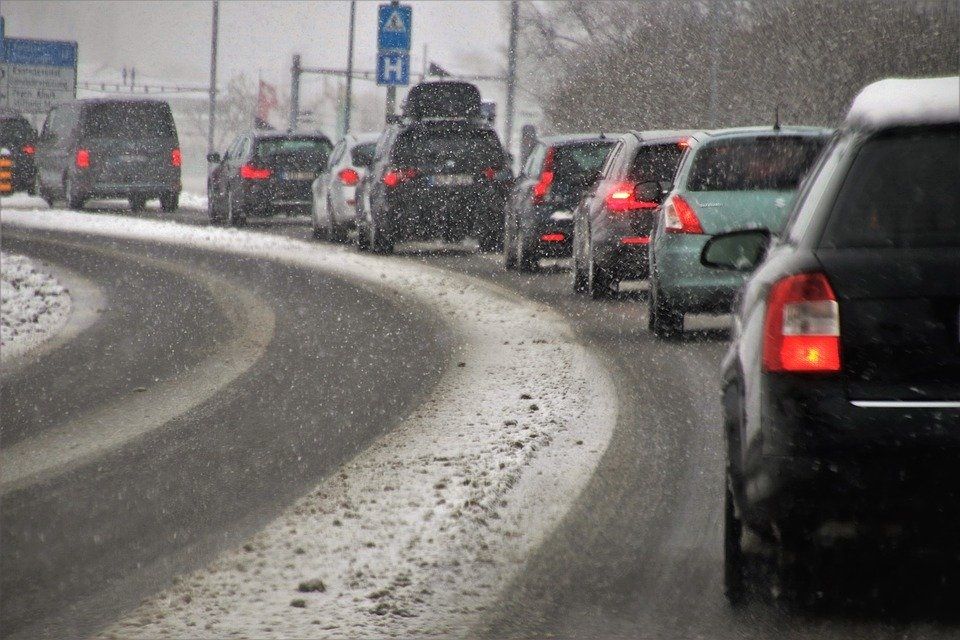
How to keep your processes (or shop) out of a traffic jam
Always prepare for variable change
You know that feature on Waze that redirects your route away from traffic jams, this is how we avoid traffic jams in our manufacturing job shop and you don’t even need an app!
Its 5:30 on a Friday and you’re commuting home from work. You’ve made it through the week. You survived! This is the last hurdle before you’re home free to a relaxing weekend of binging [insert streaming service here] or maybe your piles and piles of laundry. But first, you’re stuck in the dreaded after-work traffic. Just as you start to accelerate and your mind imagines the car jam disappearing, you notice a sea of red taillights flashing ahead. You let out a sigh because you’ve seen this before, and now that sigh is building to anger and all because you know that once you get up to the bottleneck, there’s nothing even there!
This is a classic case of being over capacity. There are simply too many cars on this road at this time. Sometimes a highway can handle this volume, but even a highway is not impervious to Murphy’s Law, which states that anything that can go wrong will go wrong. One little issue, one bottleneck will bring the whole system down. Perhaps a flat tire or an officer deciding someone was moving too fast or perhaps an animal ran across the road causing everyone to hit the brakes.
The same thing can happen in any company’s processes, both in the office or on the shop floor. This is even more true for low volume and high mix operations. If resources are being utilized more than 75-85% then any and every issue tends to bring us to a halt. On the shop floor this may look like someone calling in, or a piece of equipment unexpectedly goes down, or a material has a quality issue. In the office an approval gets left in queue because the approver isn’t in line (or they forgot). Maybe one of the cogs in the office wheel has a backlog of work or prioritizes work by batching. Do any of these sound familiar? There are a hundred more examples, and sometimes it feels like we’re doomed to experience this same traffic jam we’ve seen a hundred times before.
Thank goodness life isn’t all doom and gloom because there is a solution to these problems and the good news is we don’t have to build a new highway to keep traffic flowing. The first step is to commit to a capacity strategy of approximately 75%. By planning your resource allocations properly you can give your products or services a chance to flow like they were designed. Next, we have to open up more capacity without adding lanes to our figurative highway. But how?
Check out our story and see how we applied this principle from The QRM Center, along with 3 others, to keep our traffic flowing!
Capacity Utilization, Lead time, Lead time reduction, QRM, Quick Response Manufacturing